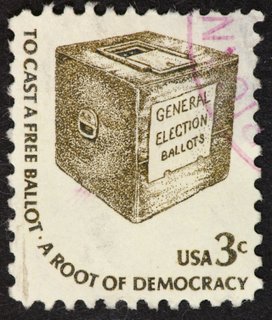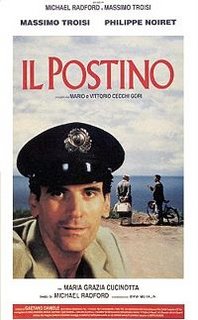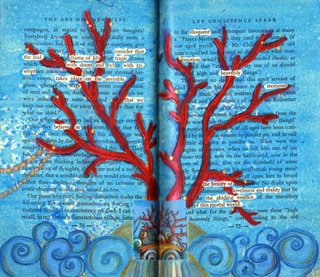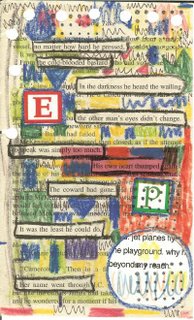The internet, with all its complicated connections leading down dark alleys of data, encourages the wonderfully imperfect art of stumbling. For example, the other day I finished Junot Diaz’s Pulitzer Prize-winning novel, The Brief Wondrous Life of Oscar Wao. It’s one of those fascinating reads that leaves you sated with a good story, uniquely told, and fascinated with the details. Frankly, as so often happens, I wanted more.
Longing led to Google. Once there, I skipped through a verdant field of daisy-chain connections. Junot Diaz led to Julia Alvarez (another writer raised in the Dominican Republic), which led to a commencement speech she gave at the University of Vermont, which led to a wonderful passage from writer Seamus Heaney:
History says, don't hope
On this side of the grave.
But then, once in a lifetime
The longed-for tidal wave
Of justice can rise up,
And hope and history rhyme.
So hope for a great sea-change
On the far side of revenge.
Believe that further shore
Is reachable from here.
Believe in miracles
And cures and healing wells.
— from The Cure at Troy,
a play written by Seamus Heaney
In my wandering, I stopped here at Heaney. He seemed to say it all, and just when I needed it. And that’s all — and everything — a good find brings.












